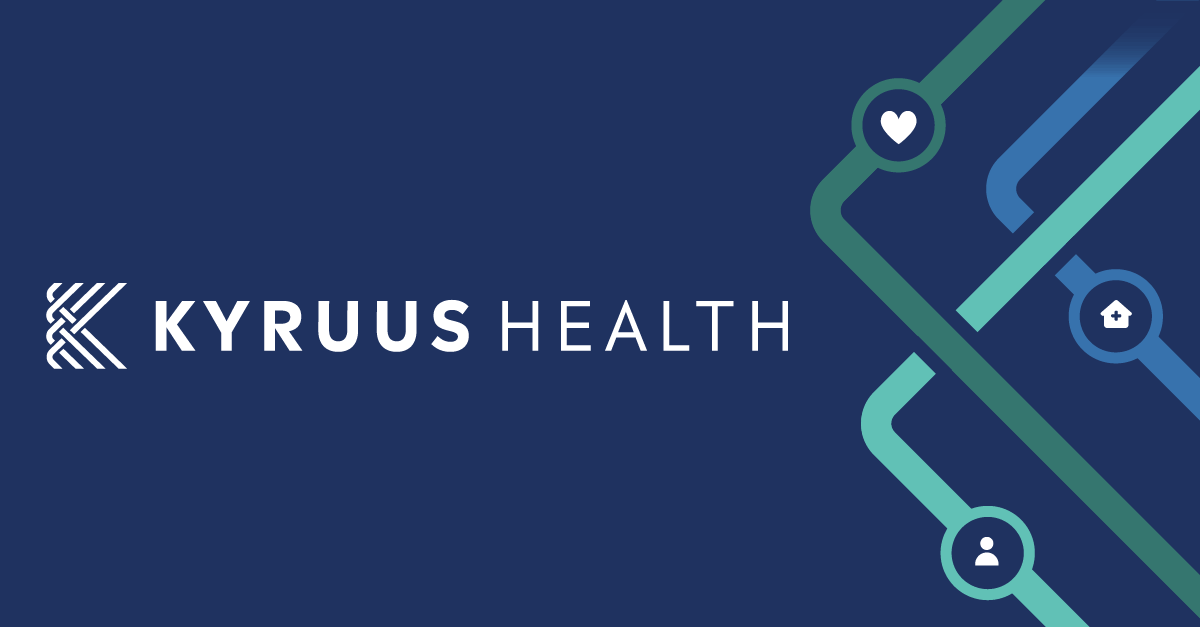In a recent Harvard Business Review article on the top five most critical priorities for the United States healthcare system, focusing on improving health topped the list. That’s no surprise, given that the U.S. spends more on healthcare than any other developed country but has a lower life expectancy and worse health outcomes than any other high-income nation.
The growth of population health management (PHM) in recent years is due primarily to the transition to value-based reimbursement. PHM is an ideal way to refocus healthcare in order to prevent many costly health conditions and reduce overall healthcare costs. Population health only improves when the health outcomes of many individuals improve, which is the primary goal of value-based care.
By proactively using strategies, measures and tools to safely and cost-effectively improve the health outcomes of a specific population and empower the people of that population to better manage their own health, population health consists of multiple elements. These range from care integration and coordination, teamwork, patient engagement, value-based care measurement and data analytics and health information technology (HIT). To be effective, though, PHM requires engagement with patients, before, during and after medical appointments.
Used in conjunction with a focus on social determinants of health (SDOH), population health management ensures that information about the importance of timely medical care is directed at the most at-risk populations. Data for these efforts is procured through the collection, analysis and sharing of pertinent patient data from a growing number of connected applications and devices.
Successful population health management programs will see:
- Real-time insights that allow healthcare organizations to identify and address care gaps within a patient population
- Streamlined tracking and management of care for a reduced number of ER/ED visits
- Identification of patients for preventative care
- Lower healthcare costs for patients
- Inclusion of patients not currently treated by a healthcare organization
Positive Results with Patient-Centric Data
Utilizing analytics derived from patient-generated data improves healthcare providers’ ability to define the characteristics of a population and identify at-risk populations and gaps in care. As we mentioned in our previous blog, this patient-centric data increases accuracy, saves time and empowers patients, thereby leading to better patient care, shorter hospital stays and fewer admissions and readmissions. Patient-centric data enables clinicians to gather important information about how patients are doing between medical visits and provide information for use in shared decision-making about preventive and chronic care management, improving care delivery.
A key driver of patient-centricity is consumer demand to participate in healthcare decision-making. When implemented correctly, a patient-centric focus will improve personal health responsibility, promote disease prevention, drive better health outcomes and increase patient satisfaction rates. Other benefits include a more targeted approach to care, better identification of gaps in care, a more comprehensive view of patient data, increased support of quality measures activities, more proactive and tailored care interventions, access to more accurate and reliable information and even a lower cost of care.
Patient-centered healthcare is heavily reliant on digital technology, which means solutions that promote and enable activities such as online appointment scheduling, check-in and bill pay are important components of an overall population health strategy. Similarly, wearable digital and remote patient monitoring (RPM) devices — think smart health watches, fitness trackers and glucose monitors — help create patient-generated health data that more easily allows clinicians to fill in any data gaps for their patients.
Advantages of Automated Workflows
Approximately 40 percent of the tasks performed by healthcare support occupations can be automated. If the medical industry automated all of the processes tracked by the Council for Affordable Quality Healthcare (CAQH), it could save $43.39 on each patient encounter.
Implementing automated workflows allows healthcare organizations of all sizes to optimize both their clinical and financial operations and more efficiently utilize the resources they have available. It also helps healthcare providers decrease medical errors and reduce the burden — and burnout — associated with numerous administrative tasks.
Solutions that enable automated workflows help providers better capture data surrounding social determinants of health (SDOH). Patients are able to fill out necessary forms and provide SDOH data before their in-office visit, which can then be utilized in population health management to achieve increased patient throughput, reductions in hospital stays, readmissions and patient transfer times and ultimately better patient outcomes. Plus, most automated solutions are scalable to address all types of populations.
The Key to Success
As reported by the Healthcare Financial Management Association (HFMA), healthcare providers should assess their readiness for population health initiatives by evaluating organizational elements, including provider network and compensation and payment and care models. They also should “start driving incremental change now to best position themselves for the inevitable transition to population-health-focused payment models.”
Establishing and maintaining a comprehensive population health strategy requires amassing and aggregating actionable data in support of clinical integration and engaging both providers and patients. The program must:
- Be supported by a provider organization’s stakeholders across all levels
- Align with your organization’s overall business strategy
- Successfully track improvements for identified populations
Patient-centric data and automated workflows, as described above, are pivotal in any PHM strategy. They not only help providers more easily obtain the right data, they also do so in a way that doesn’t put a marked strain on already scarce staffing resources.
Schedule a meeting with us at ViVE/HIMSS to learn how we can help you build your population health management program. Or, stop by and see us in the ViVE InterOp Pavilion at booth #762!



